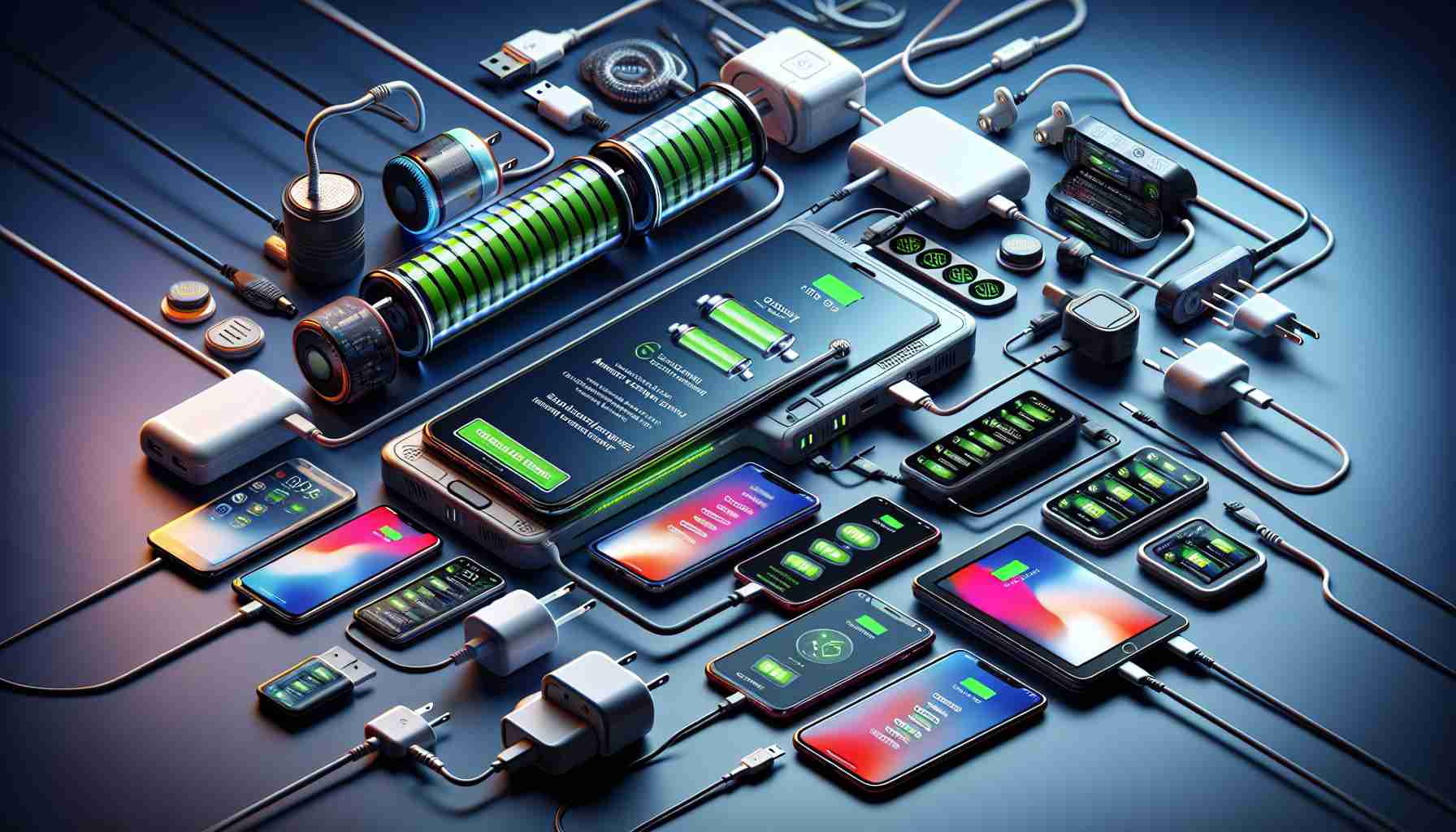When it comes to prolonging the lifespan of your device’s battery, it’s essential to follow the right charging practices. Forget what you’ve heard about always keeping your battery fully charged.
Avoid letting your battery drain to zero percent or charging it to full capacity constantly, as this can affect its longevity. Instead, experts recommend maintaining a charge between 20 and 90 percent to enhance the lifespan of lithium-ion batteries.
For electronic devices that are stored for extended periods, such as garden tools, it’s advised to keep the battery level between 40 and 50 percent to prevent deep discharge.
Contrary to older battery technologies, modern lithium-ion batteries do not suffer from the memory effect, where the battery ‘remembers’ its last charge level.
Extreme temperatures can also impact battery health. It’s best to store batteries in environments with temperatures between 10 and 25 degrees Celsius to prevent accelerated aging or potential hazards.
Remember, using compatible chargers and cables is crucial for efficient charging; however, modern batteries are equipped with intelligent battery management systems that allow for some flexibility in charger options.
By adhering to these charging practices, you can ensure that your device’s battery remains in optimal condition for longer use.
Additional facts related to maximizing battery life include:
1. Battery Cycle Count: Each battery has a limited number of charge cycles before its capacity diminishes. Keeping track of cycle counts can help determine when it’s time to replace the battery.
2. Fast Charging: While convenient, fast charging can generate more heat which may affect battery health over time. It’s advisable to limit the use of fast charging to preserve battery longevity.
3. Software Updates: Manufacturers often release updates that optimize battery performance. Keeping your device’s software up to date can help in maximizing battery life.
4. Battery Saving Mode: Many devices offer a battery saving mode that reduces power consumption by limiting background processes. Activating this mode can extend battery life between charges.
Key Questions and Answers:
Q: How does overcharging affect battery life?
A: Overcharging can increase internal battery stress, leading to faster degradation over time. It’s best to avoid leaving devices plugged in once they reach full charge.
Q: Is it better to use the original charger provided by the manufacturer?
A: Generally, using the original charger is recommended as it is designed to deliver the correct voltage and current for the specific device, ensuring safe and efficient charging.
Challenges and Controversies:
Challenge: Balancing convenience with battery health, especially in fast-paced environments where constant charging is necessary.
Controversy: Debates exist regarding the impact of wireless charging on battery longevity, with some arguing that it may generate more heat and affect long-term battery health.
Advantages:
– Following proper charging practices can significantly extend the lifespan of your device’s battery.
– Optimal charging habits can lead to improved overall device performance and reliability.
Disadvantages:
– Strictly adhering to specific charging guidelines may not always be convenient, especially in situations where frequent charging is required.
– Misinformation or myths about charging practices may lead to confusion among users.
For further information regarding battery care and charging practices, you may visit the official Battery University website.
